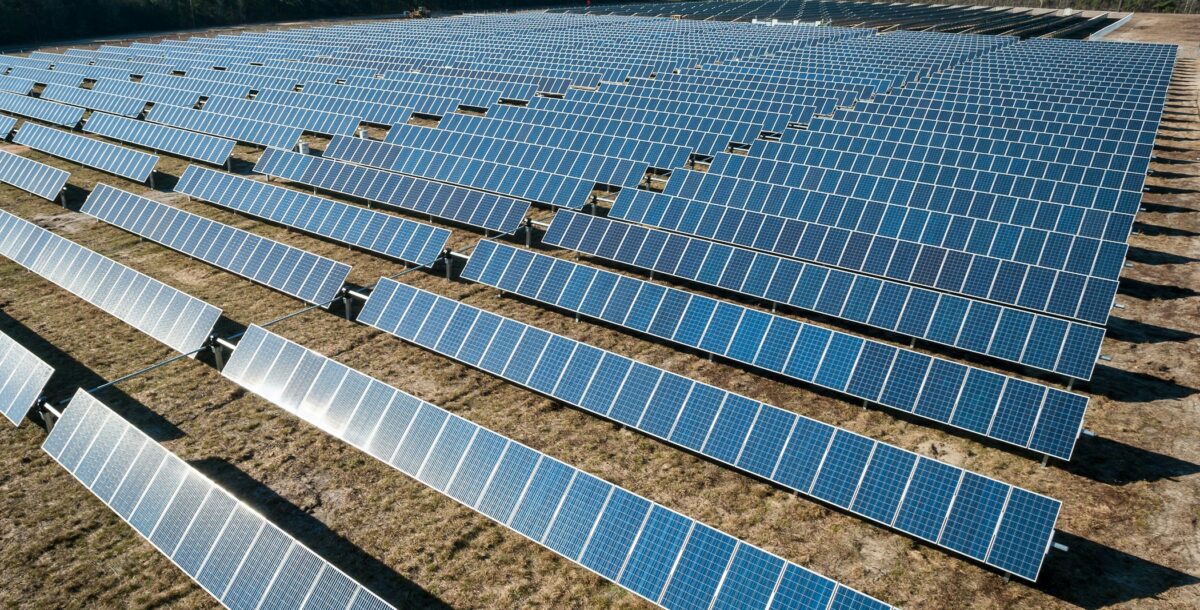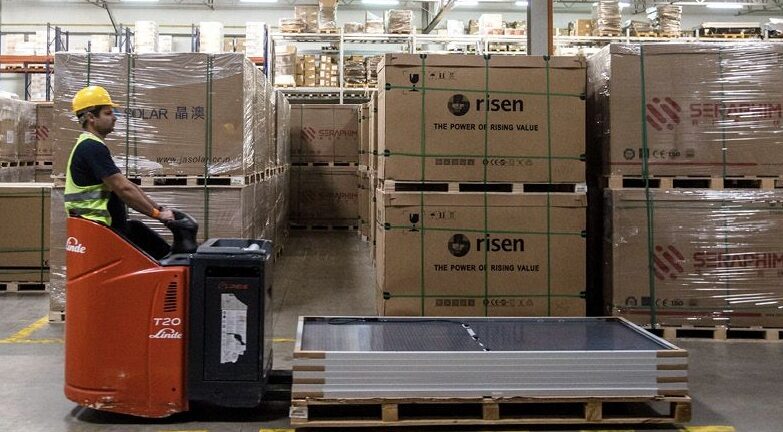Researchers in Germany analyzed the future consumption of material by the crystalline silicon PV industry, including glass, aluminum, silver, copper, ethylene-vinyl-acetate (EVA), and silicon, and found that a circular recycling approach could be a solution to supply chain and waste issues, with the potential to be economically sustainable.
The team presented a detailed vision of a “perpetual utility” cycle for solar panels, asserting that the time is now to begin to make the changes to enable cradle-to-cradle recycling, and that Europe will likely lead the way.
“I would say that genuinely circular recycling is in the future for almost anything we produce today. The biggest challenge in my opinion is that we still lack processes that allow circular recycling to compete economically with generating virgin materials,” research leader, Ian Marius Peters, told pv magazine. “Europe has the strongest regulatory framework, and I expect that to remain the case for some time. For that reason, I believe that Europe will be leading the way in the coming years.”
Peters asserts that circular recycling will make PV even more sustainable than it is now. Further benefits include the recovery of resources, especially glass, and even land. At the moment, a strong economic incentive is lacking, so recycling is driven by policies and regulations.
In the study, the researchers relied on a future scenario prepared by PV scientist Pierre Verlinden, which foresees a cumulative capacity of 80 TW by 2050 and a “steady-state manufacturing value of about 3.3 TW /year” in 2033. It considered material re-use scenarios, economic value, and volumes to determine the role of circular recycling to sustain the growth trajectory of solar PV, and to avoid waste streams on “a scale roughly equivalent to today’s global e-waste”.
It considered the recycling of silver, glass, and silicon. For example, it noted the need to replace or reduce silver due to competition from other industries with higher margins will be able to outbid the PV industry, due to its narrow margins.
The team noted that if silver is replaced, then it will be “essential” to recycle silicon, copper, and aluminum. The latter is seen as the second-most valuable recycling product of a PV module, and “its role will likely increase as silver is replaced,” noted the scientists.
Glass recycling is seen as “vital”, especially in the mid- to late-2030s, when the amount of glass from retired panels will be in the tens of millions of tons, as there is no alternative market able to absorb it. “The most suitable market, and in some cases the only one large enough to absorb the amount of recycled material, will be PV module manufacturing itself,” stressed the team.
Recycling processes must be able to retain the value of recycled components, it noted. For example, silicon recycling could reduce projected energy demand and shorten the energy payback time of modules made with recycled silicon. “Circular recycling of silicon has the potential to become the main economic driver for module recycling,” they said.
Looking ahead, teams are working on PV module designs that are easier to dismantle. “We have realized prototypes with solution-processes solar cells, for which we could demonstrate that all materials could be restored to the quality of virgin components,” said Peters.
There is also a need for research on improving the quality of recycled silicon, developing techniques to get rid of impurities, and reducing the energy required.
“Circular recycling is essential for managing the significant material flows required for a global PV module fleet in the multi-terawatt range,” conclude the researchers, adding that although the mass recycling of PV modules is still years or decades away, “it is vital to prepare for circular recycling now to avoid dealing with millions of tons of low-value waste in the future.”
The perspective paper appears in “Cradle-to-cradle recycling in terawatt photovoltaics: A vision of perpetual utility,” published in Joule.
Feedback since publishing has been positive. “Especially setting the projected material flows of the PV industry in a wider context and exploring the implications on circular recycling is something that people have told me they consider interesting and useful,” said Peters.
The researchers were from Helmholtz Institute Erlangen-Nürnberg for Renewable Energy, Jülich Institute for Energy and Climate Research, and Friedrich-Alexander University.
This content is protected by copyright and may not be reused. If you want to cooperate with us and would like to reuse some of our content, please contact: editors@pv-magazine.com.



1 comment
By submitting this form you agree to pv magazine using your data for the purposes of publishing your comment.
Your personal data will only be disclosed or otherwise transmitted to third parties for the purposes of spam filtering or if this is necessary for technical maintenance of the website. Any other transfer to third parties will not take place unless this is justified on the basis of applicable data protection regulations or if pv magazine is legally obliged to do so.
You may revoke this consent at any time with effect for the future, in which case your personal data will be deleted immediately. Otherwise, your data will be deleted if pv magazine has processed your request or the purpose of data storage is fulfilled.
Further information on data privacy can be found in our Data Protection Policy.